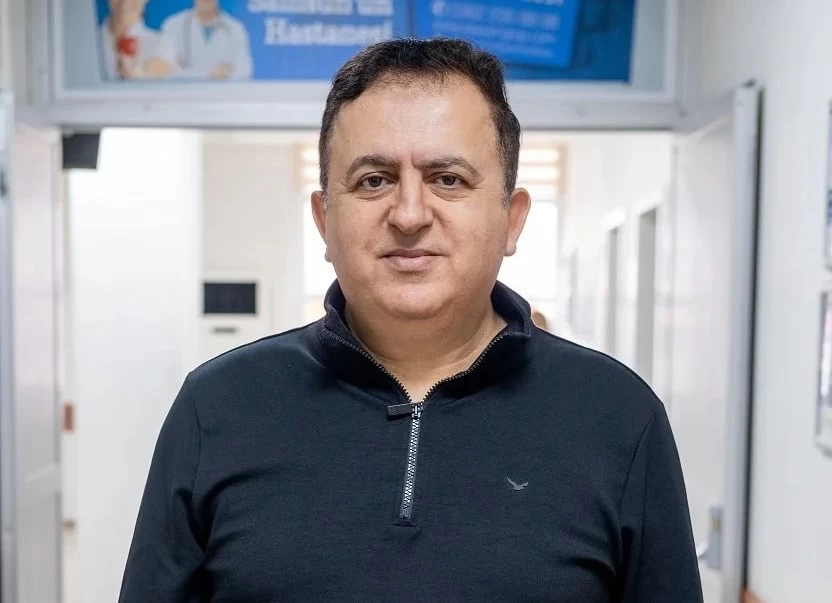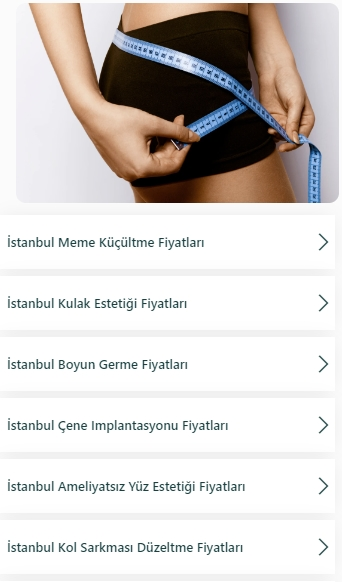
Interventional Procedures in Cardiology?
- Interventional Procedures in Cardiology?
- What Are Interventional Procedures in Cardiology?
- Common Interventional Cardiology Procedures
- What You Should Know About Balloon and Stent Procedures
- In Conclusion
What Are Interventional Procedures in Cardiology?
Today, interventional cardiology methods are widely used in the diagnosis and treatment of heart diseases. These procedures are typically minimally invasive, performed through the groin or wrist, and do not require open-heart surgery.
Common Interventional Cardiology Procedures
The main interventional cardiology procedures include:
- Coronary angiography: Used to visualize the coronary arteries.
- Balloon angioplasty: A balloon is used to widen narrowed arteries.
- Stent placement: A supportive structure is inserted to prevent re-narrowing of the opened artery.
- Electrophysiological studies and ablation: Used in the diagnosis and treatment of cardiac arrhythmias.
Thanks to these procedures, patients experience faster recovery times, shorter hospital stays, and in many cases, the need for open-heart surgery is eliminated.

What You Should Know About Balloon and Stent Procedures
Balloon and stent applications are among the most frequently used interventional methods, particularly in the treatment of coronary artery disease. The procedure works as follows:
- Balloon angioplasty: A balloon is inserted into the narrowed artery using a catheter and inflated to open the vessel.
- Stent placement: A metal mesh (stent) is placed in the opened area to prevent the artery from narrowing again.
Types of stents:
- Drug-eluting stents: Release medications that help prevent tissue overgrowth inside the artery.
- Bare-metal stents: Do not contain medication but provide structural support.
This procedure not only reduces the risk of heart attacks but also improves the patient's quality of life and exercise capacity.
In Conclusion
Preventive cardiology practices can help prevent or minimize the development of heart diseases. With proper management of risk factors and the use of interventional treatment methods when necessary, it is possible to protect heart health. Don't postpone your health—listen to your heart and stay proactive with regular check-ups.

Spc. Dr. Nihat AKÇAY
Cardiology Specialist

